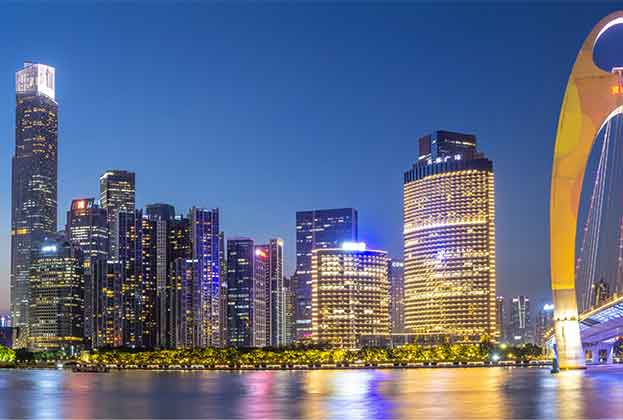Are rental values turning a corner?
In the first half of 2021, rental prices across the 30 cities in the Savills World Cities Index posted an average increase of 0.5%. This follows a fall of -1.8% over 2020 as global restrictions on travel reduced demand due to the absence of corporate relocations, and increased supply of property with former tourist short let apartments, moving to longer-term rentals. Though rents seem to have stopped falling, the level of rental growth remains significantly lower than capital value growth in the World Cities Index, which grew at an average rate of 3.9% over the six months to June 2021, the fastest rate since December 2016.
The picture is not the same across the world. Suburban locations and cities that have been less impacted by lockdowns have experienced stronger rental growth. Across the World Cities Rental Index, 39% of cities reported positive rental growth in the six months to June 2021 – this figure stood at 25% in 2020.
The average prime residential yield across the 30 cities stands at 2.9% in June 2021 compared to 3.1% in December 2020. This is the lowest average yield since Savills began tracking the data in 2005. There is still significant variation in yields across the different world cities, ranging from 1.3% in Shanghai to 4.7% in Moscow.
Leaders and laggards
At the top of the scale, Miami, Moscow, and Dubai recorded the highest levels of rental growth over the first half of 2021. Each of these markets offer larger units, even in city centre areas, compared to locations like Hong Kong or New York.
Miami’s rental market has experienced an increase in demand over the past year from domestic migration, seeing high rental prices and tight supply for single family homes. New projects continue to come to the market, but have been unable to meet the demand for prime rental properties in the city.
In Moscow, the level of demand observed over the past half year is comparable to the pre-crisis levels seen at the end of 2019 as Russian residents return to the city. After a decline in prime and ultra-prime rents in the second half of 2020, rental prices for these properties are increasing again, especially for large apartments with outdoor space in key areas of the city.
The Dubai market appears to be reaching a turning point after six years of negative rental growth resulting from oversupply in the market. Prime rental prices increased by 5% in the six months to June, driven by a 20% increase in rents for villas as residents prioritise space and shift away from apartment living in the wake of the pandemic.
Locations such as Kuala Lumpur, Hong Kong, New York, and other cities experiencing negative rental price growth have in common the importance of international tenants in their prime rental markets. As travel restrictions have persisted in the last six months, these markets have continued to face rental price falls.
Outlook
- Rental markets look set to be subdued for the rest of 2021 while travel restrictions remain in place in many locations causing rental prices to recover more slowly than the capital value markets, which are less reliant on international demand.
- Longer term, as vaccinations continue and travel restrictions lift, the outlook is more positive as corporate relocations resume and the increase in tourism means supply from the long-term rental markets can return to the short-term market, lowering available supply.
- Sentiment is stronger in North American cities where domestic migration is playing a key role in rental markets and contributing to rental price growth in markets with tighter supply of prime properties.
- In many cities supply shortages have the potential to boost rental prices in prime areas, particularly in cities which offer larger-sized properties such as Moscow, Barcelona, Madrid, and Cape Town.
Read the other articles within Savills Prime Index: World Cities below
.jpg)
